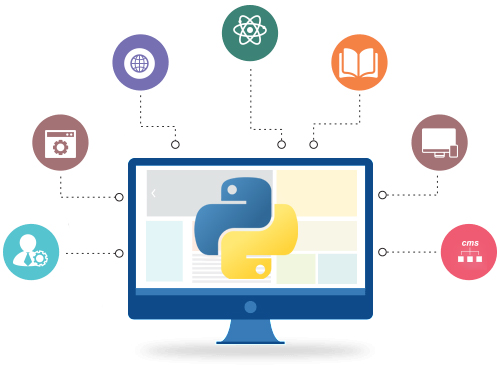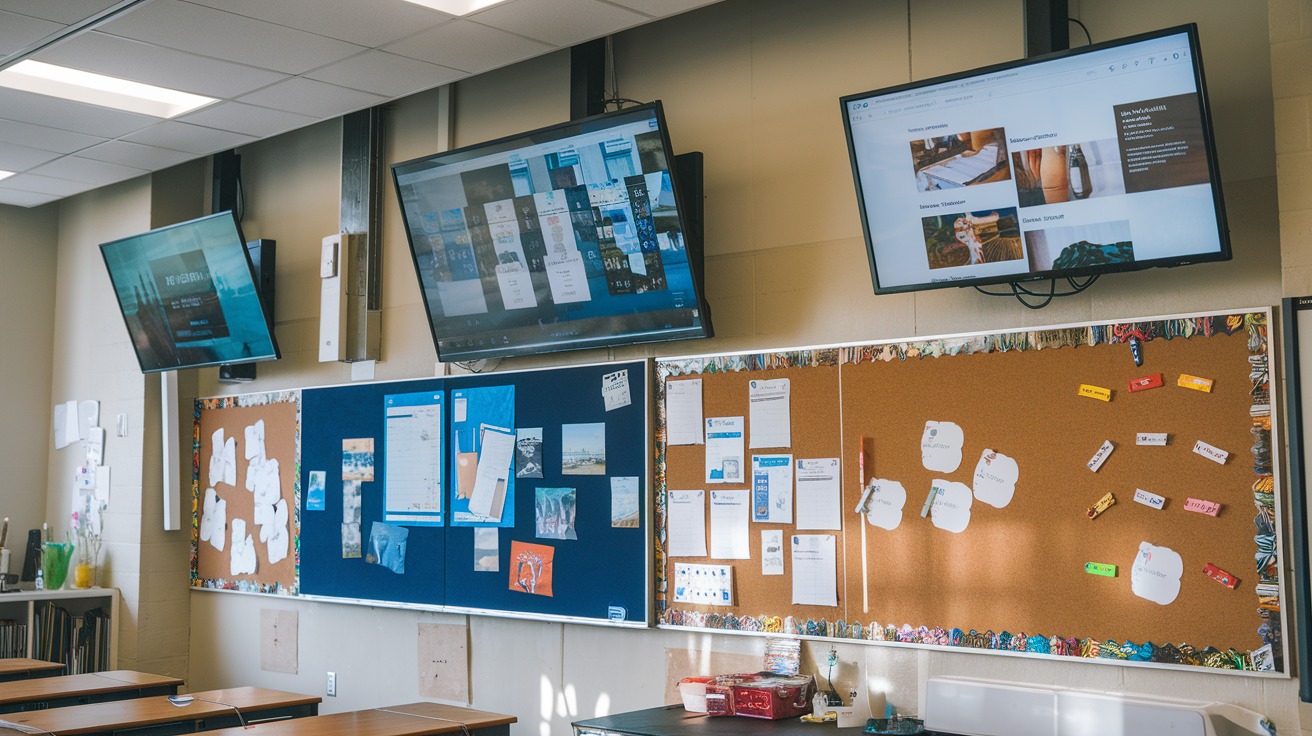February 20, 1991, was the date when Python programming language came into existence. Simpler, less cluttered, and fun to use were its main pillar of philosophy. Who could have predicted at that time that Python development would become prominent in the 21st century?
Python offers a number of features. Its applications are many- web development, machine learning, data science, game development, software development, and more. But recently, it has also been used in mobile app development too.
Python is the simplest programming language at present. It is a language which you can learn with ease, understand quickly, can run on any operating system, and has a large standard library support. Don’t you think it is enough to know why it is popular? Stay with us throughout the article and know more.
Why Choose Python for Mobile App Development?
Is Python development a good choice for my app or not? This question can come to your mind. Well, we have the answer. We have listed reasons below that explain why Python for Mobile App Development.
Easy to Learn and Use: Python has a simple syntax and even beginners can understand it in a quick time. Python does not have a complicated structure for writing code like Java and C++. It is user-friendly and clear.
Versatile: By versatility, we mean that Python is not limited to developing mobile applications only. If you have other projects as well, you can use Python development.
Strong Community: Python has a large community. Its documentation is well-written that you can read on its official website. Many libraries and resources are also available to help you.
Read more: Python App Development: Gateway to Dynamic Web Applications
Top 3 Python Frameworks for Mobile App Development
There are many Python app development frameworks. But here, we will be discussing only the top 3 that we find more suitable.
1. Kivy
Before going further. Do you want your application to run on both Android and iOS? If the answer is Yes. Kivy can help you with that. Kivy is a cross-platform framework and has friendly UI components. It comes with a wide range of UI components and widgets.
Kivy is open source and one of the most famous Python app development frameworks for mobile app development. Not only this, but it also provides built-in support for multi-touch gestures.
Many developers use Kivy Python app development framework to build games and educational apps. We will discuss some of its limitations as well. The first one is that it is slow compared to native apps. This Python development framework also has limited documentation for advanced features.
2. BeeWare
BeeWare is another option for Python developers. It helps you create native apps for different platforms. It is considered good for building user interfaces. This python development framework is used for business applications. BeeWare is still in development so some features may be missing. It also has a smaller community compared to Kivy.
3. PyQt/PySide
Use PyQt and PySide if you are planning to create cross-platform apps with a strong graphical user interface. They can also be used for desktop applications. These Python development frameworks have a rich set of widgets. But here is the limitation- these can be a bit complex for beginners.
Limitations of Using Python for Mobile App Development
While Python is great, it has some limitations:
Performance: Python apps can be slower than those built with Java or Swift.
Device Features: Accessing certain device features may be limited.
Distribution: Packaging Python apps for different platforms can be tricky.
Best Practices for Developing Mobile Apps with Python
To make your mobile app successful, consider these best python development practices:
Code Organization: Keep your code neat and organized. This helps you and others understand it better.
Use Virtual Environments: This keeps your project dependencies separate and manageable.
Debugging: Testing your code is very important. You should regularly test your app to catch bugs early.
UI/UX Matters: A good design makes a difference. Take the example of some social media applications. Instagram, Facebook, Snapchat, and YouTube have some of the best user interfaces. A good user interface increases the time spent by the user on your app. That is why you should focus on creating a user-friendly interface.
Popular Apps Built with Python
Many popular mobile applications we use today are built using Python. However, we are not saying that Python is the only underlying programming language for these apps. What we mean is that among the many programming languages and technologies that these apps have utilized, Python has also played an important role at some point.
- Spotify
- Uber
- Quora
- Netflix
Conclusion
Python is at the third place in the list of most used programming languages among developers. JavaScript and HTML/CSS are holding the first and second place respectively. The major revenue of Python language is generated from web development and data analysis applications.
Python desktop app development has some limitations, but its ease of use and strong community make it worth considering.



